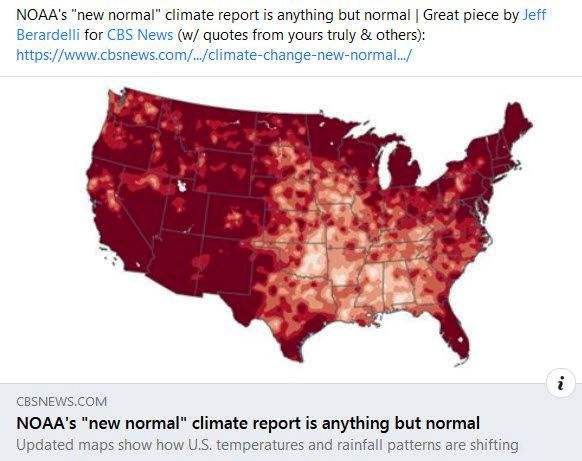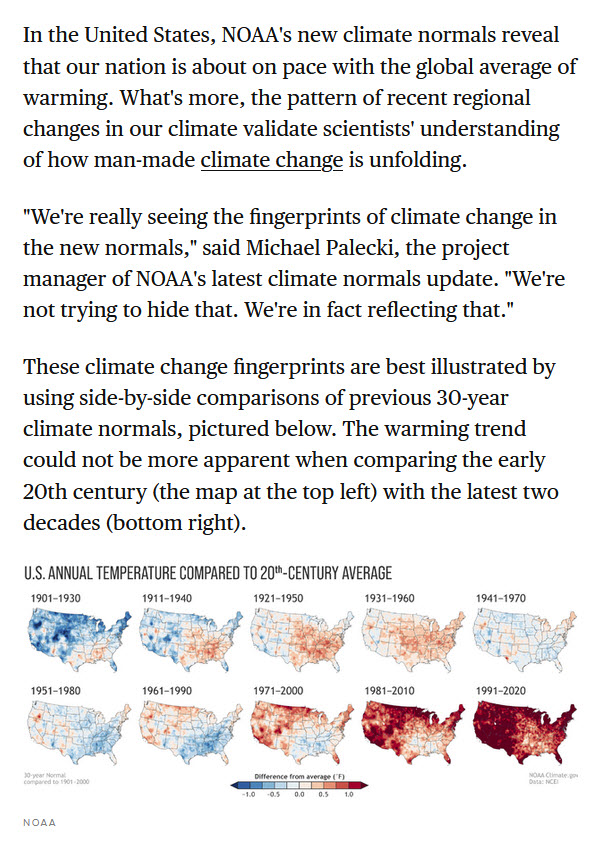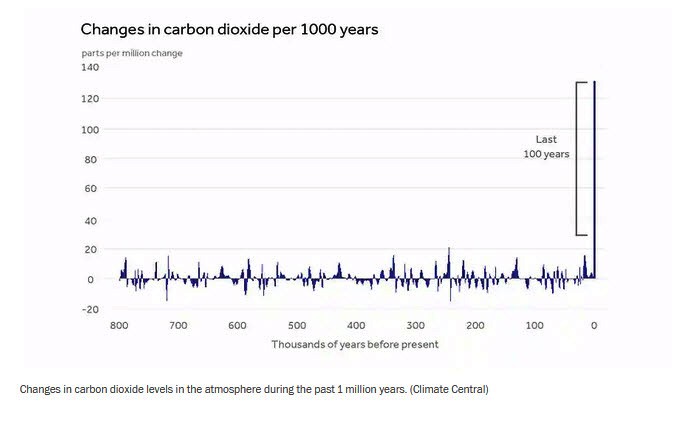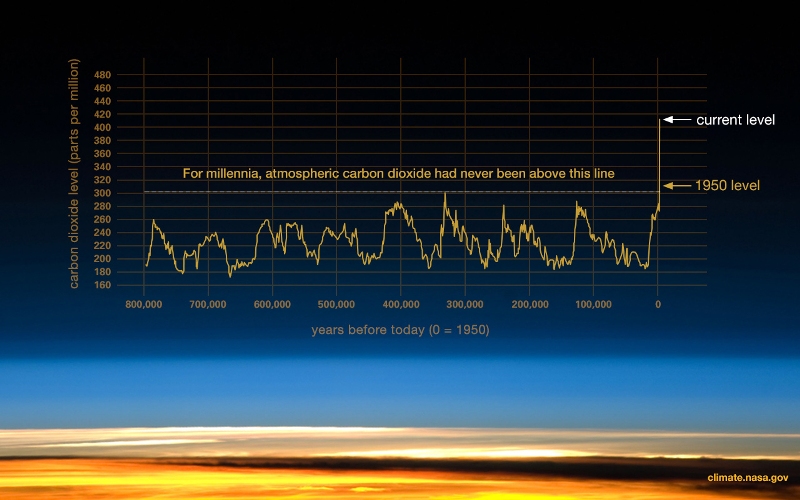Life and the 'Human Niche' at Risk: Difference between revisions
Siterunner (talk | contribs) No edit summary |
Siterunner (talk | contribs) No edit summary |
||
| Line 5: | Line 5: | ||
From Clearwater, Florida | From Clearwater, Florida | ||
GreenPolicy360 Siterunner: | GreenPolicy360 Siterunner: | ||
Revision as of 21:02, 9 May 2021
From Clearwater, Florida
GreenPolicy360 Siterunner:
Trendlines, we are looking at trendlines today. Data, the data changing as time passes. We need to step back and have perspective. We need to look closely, to 'drill down' and see with detail. Measure-to-Manage NASA says, science advises, GreenPolicy360 recommends as a guide.
GreenPolicy360 believes in personal responsibility to manage wisely. We are planet citizens and earth is in human hands. Together we are guiding our planet earth home into the future. We are delivering a legacy to future generations.
And we are watching our progress, for good and bad.
One of GreenPolicy360's great concerns is climate change, as all our readers and sharers know. A recent study of a 'new normal' caught our attention today, a global study and national breakout of data changing over time. And as we are looking at this 'new normal' data, a century of temperatures, we cannot help but think what will happen if the temperature increases continue, a trendline into the future, up and up into the 'unliveable... uninhabitable' temperatures range. 'Cooling technology' will be required and being outdoors will be limited...
Let's look more closely.
Let's look at a recent feature news 'wrap up' from a science reporter for the Associated Press.
Here, look.... and think about it
On Mother's Day, we recognize how 'Mother Earth' is at risk.
Pay attention, recognize the threats, act planet citizens, act ....
Billions projected to suffer nearly unlivable heat in 2070
By Seth Borenstein
May 4, 2020
(AP) — In just 50 years, 2 billion to 3.5 billion people, mostly the poor who can’t afford air conditioning, will be living in a climate that historically has been too hot to handle, a new study said.
With every 1.8 degree (1 degree Celsius) increase in global average annual temperature from man-made climate change, about a billion or so people will end up in areas too warm day-in, day-out to be habitable without cooling technology, according to ecologist Marten Scheffer of Wageningen University in the Netherlands, co-author of the study.
'How many people will end up at risk depends on how much heat-trapping carbon dioxide emissions are reduced and how fast the world population grows.
Under the worst-case scenarios for population growth and for carbon pollution — which many climate scientists say is looking less likely these days — the study in Monday’s journal Proceedings of the National Academy of Sciences predicts about 3.5 billion people will live in extremely hot areas. That’s a third of the projected 2070 population.
Future of the Human Climate Niche
Proceedings of the National Academy of Sciences of the U.S.
May 26, 2020
Significance
We show that for thousands of years, humans have concentrated in a surprisingly narrow subset of Earth’s available climates, characterized by mean annual temperatures around ∼13 °C. This distribution likely reflects a human temperature niche related to fundamental constraints. We demonstrate that depending on scenarios of population growth and warming, over the coming 50 y, 1 to 3 billion people are projected to be left outside the climate conditions that have served humanity well over the past 6,000 y. Absent climate mitigation or migration, a substantial part of humanity will be exposed to mean annual temperatures warmer than nearly anywhere today.
Abstract
All species have an environmental niche, and despite technological advances, humans are unlikely to be an exception. Here, we demonstrate that for millennia, human populations have resided in the same narrow part of the climatic envelope available on the globe, characterized by a major mode around ∼11 °C to 15 °C mean annual temperature (MAT). Supporting the fundamental nature of this temperature niche, current production of crops and livestock is largely limited to the same conditions, and the same optimum has been found for agricultural and nonagricultural economic output of countries through analyses of year-to-year variation. We show that in a business-as-usual climate change scenario, the geographical position of this temperature niche is projected to shift more over the coming 50 y than it has moved since 6000 BP. Populations will not simply track the shifting climate, as adaptation in situ may address some of the challenges, and many other factors affect decisions to migrate. Nevertheless, in the absence of migration, one third of the global population is projected to experience a MAT >29 °C currently found in only 0.8% of the Earth’s land surface, mostly concentrated in the Sahara. As the potentially most affected regions are among the poorest in the world, where adaptive capacity is low, enhancing human development in those areas should be a priority alongside climate mitigation.
- About Us
- Air Quality
- Air Pollution
- Agriculture
- Alternative Agriculture
- Antarctica
- Anthropocene
- Arctic
- Atmospheric Science
- Citizen Science
- City Governments
- Climate Change
- Climate Migration
- Climate Policy
- County Governments
- Desertification
- Digital Citizen
- Earth Imaging
- Earth Observations
- Earth360
- Earth Science
- Earth Science from Space
- Earth System Science
- Ecology Studies
- Eco-nomics
- Economic Justice
- Education
- Energy
- Environmental Laws
- Environmental Protection
- Environmental Security
- Environmental Security, National Security
- ESA
- European Union
- Externalities
- Extinction
- Florida
- Food
- Forests
- Fossil Fuels
- Greenland
- Global Security
- Global Warming
- Green Networking
- Green Best Practices
- Green Politics
- Health
- INDC
- Maps
- Money in Politics
- NASA
- NOAA
- Natural Resources
- Networking
- New Definitions of National Security
- New Economy
- New Space
- Oceans
- Ocean Science
- Online Education
- Planet Citizen
- Planet Citizens
- Planet Citizens, Planet Scientists
- Rainforest
- Renewable Energy
- Resilience
- Sea-level Rise
- Sea-Level Rise & Mitigation
- Seventh Generation Sustainability
- Social Justice
- Soil
- Solar Energy
- Strategic Demands
- Sustainability Policies
- Threat Multiplier
- United Nations
- US
- US Environmental Protection Agency
- Water Quality
- Whole Earth
- Wind Energy
- World Bank
- World Wide Web
- Youth






